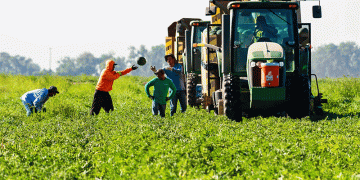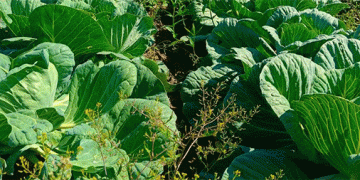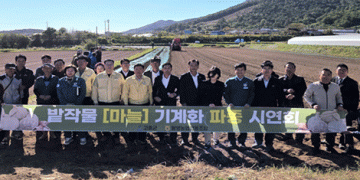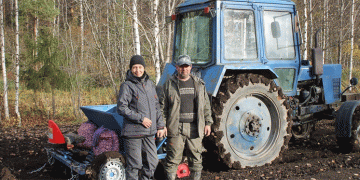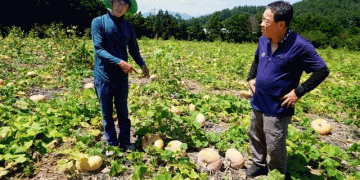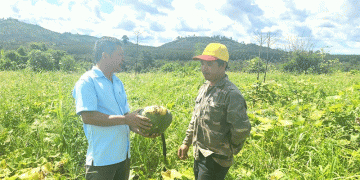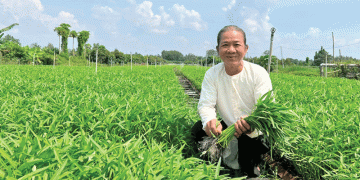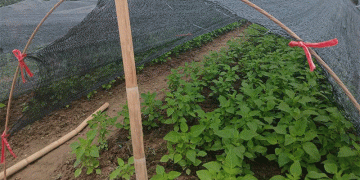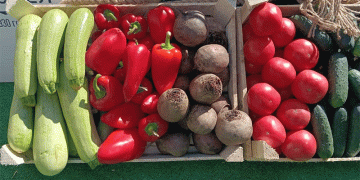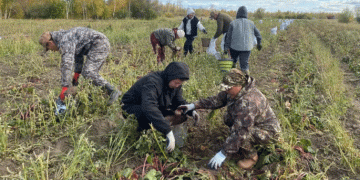In the world of large-scale commodity agriculture, the story of the “Vesi” organic farm near Gatchina offers a compelling alternative. Faced with a common challenge—the inability to manually harvest its entire turnip crop—the farm devised an innovative solution: a “50/50” volunteer harvest festival. Now in its fourth year, the Izhora Turnip Festival has exploded in popularity, growing from 200 participants at its inception to nearly 1,000 in the previous year. This model directly addresses the critical issue of labor availability for specialty crops requiring hand-harvesting, a problem cited by over 50% of small and mid-scale vegetable producers according to a recent National Young Farmers Coalition survey. In 2024, volunteers harvested 20 tons of turnips, taking only 5 tons home and leaving the farm with a significant, cost-effectively harvested product to market.
The success of this initiative extends far beyond solving a labor shortage. The festival has successfully rebranded a traditional, nutrient-dense root vegetable—the turnip—as a “Russian superfood,” highlighting its high levels of Vitamin C and B vitamins. This marketing genius taps directly into the powerful consumer trends driving the global organic and specialty food market, which is projected to exceed USD 400 billion by 2028. By creating a memorable, experiential brand around the “Izhora Turnip,” the farm has generated direct consumer demand, with participants traveling from St. Petersburg and even Moscow. This community-centric approach fosters a direct farmer-consumer connection, builds brand loyalty, and creates additional revenue streams through tourism and the sale of ancillary products like a dedicated recipe book, transforming a simple harvest into a multi-faceted agritourism enterprise.
The Izhora Turnip Festival is a masterclass in agricultural innovation. It demonstrates that profitability isn’t solely dependent on scale and efficiency, but can be built on community, experience, and a strong brand narrative. For farmers and agronomists, it highlights a viable pathway for diversifying income, mitigating labor risks for high-value specialty crops, and directly capturing consumer interest. This model proves that by creating a compelling story and engaging the public, even a humble root vegetable can be transformed into a celebrated regional brand and a cornerstone of a sustainable farming business.
















